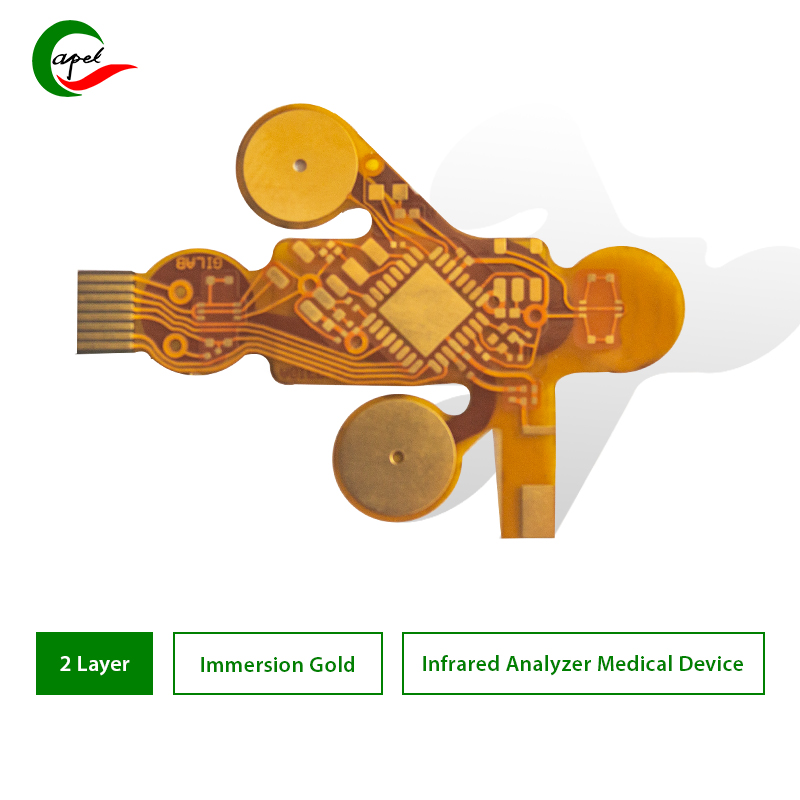Testing and quality control processes play an important role in identifying and correcting any potential issues before these flexible circuits are integrated into the final product. In this blog post, we will discuss some effective methods for testing and quality control of flexible circuit boards.
Flexible circuit boards, also known as flexible PCBs, have gained widespread popularity in the electronics industry due to their versatility and ability to adapt to different shapes and sizes. These flexible circuits are used in a variety of applications including aerospace, automotive, consumer electronics, medical devices, and more. However, ensuring the quality and reliability of these flexible circuit boards is critical to their successful implementation.
1. Visual inspection:
The first step in the quality control process is visual inspection. A trained operator should thoroughly inspect each flexible circuit board to detect any visible defects or anomalies. This includes inspecting components for misalignment, welding defects, scratches, delamination, or any other visible damage. High-resolution cameras and advanced imaging software are available to improve the accuracy and reliability of visual inspections.
2. Size test:
Dimensional testing ensures that flexible circuit boards meet required specifications and tolerance limits. This typically involves using precise measurement tools to measure the thickness, width, and length of the flex circuit. It is important to ensure that these measurements are within predefined ranges to avoid any potential issues during assembly or integration.
3. Electrical test:
Electrical testing is critical to evaluate the functionality and performance of flexible circuit boards. This process involves checking various electrical parameters such as resistance, capacitance, impedance, and continuity. Automatic test equipment (ATE) can be used to accurately and efficiently measure and analyze these electrical characteristics.
4. Flexibility test:
Since the main advantage of flexible circuit boards is their flexibility, it is necessary to evaluate their ability to withstand bending, twisting or any other mechanical stress. Specialized bend testers can be used to simulate different bending movements and determine the flexibility of a circuit, ensuring it can withstand the environmental conditions of the intended application.
5. Environmental testing:
Environmental testing involves subjecting flexible circuit boards to extreme conditions to evaluate their durability and reliability. This may involve temperature cycling, humidity testing, thermal shock, or exposure to chemicals. By analyzing how a flexible circuit performs under these extreme conditions, manufacturers can ensure it is suitable for a specific application.
6. Reliability test:
Reliability testing is designed to evaluate the longevity and stability of flexible circuit boards. Accelerated life testing can be performed to simulate the aging process by subjecting circuits to accelerated stress conditions for extended periods of time. This helps identify potential weaknesses and enables manufacturers to improve the design or materials used in the manufacturing process.
7. X-ray inspection:
X-ray inspection is a non-destructive testing method that allows detailed analysis of the internal structure of flexible circuit boards. It can detect hidden defects such as cracks, voids or delamination that may not be visible through visual inspection. X-ray inspection is particularly useful for identifying potential problems in solder joints or ensuring components are properly aligned.
In summary
Conducting a thorough testing and quality control process is critical to ensuring the reliability, functionality, and longevity of flexible circuit boards. By combining visual inspection, dimensional testing, electrical testing, flexibility testing, environmental testing, reliability testing and X-ray inspection, manufacturers can significantly reduce the risks associated with these flexible circuits. By adhering to these quality control procedures, manufacturers can provide customers with reliable and high-quality flexible circuit boards suitable for a variety of applications.
Post time: Sep-22-2023
Back







